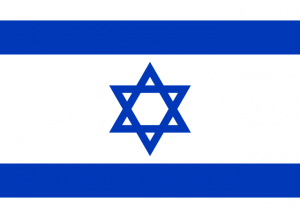Language/Hebrew/Grammar/Plurals
Welcome to the Hebrew Grammar lesson on Plurals! In this lesson, we will explore the rules of forming plurals in Hebrew. We will look at the different types of plurals and how they are formed. We will also look at some examples of plurals in use.
Types of Plurals
In Hebrew, there are two main types of plurals: regular plurals and irregular plurals. Regular plurals are formed by adding a suffix to the end of the word, while irregular plurals are formed by changing the root of the word.
Regular Plurals
Regular plurals are formed by adding a suffix to the end of the word. The most common suffix is "-im", which is used for masculine nouns. For example, the word for "book" (sefer) becomes sefarim in the plural form.
For feminine nouns, the most common suffix is "-ot". For example, the word for "table" (shulchan) becomes shulchanot in the plural form.
There are other suffixes that can be used for both masculine and feminine nouns, such as "-ayim" and "-im".
Irregular Plurals
Irregular plurals are formed by changing the root of the word. This is done by adding a prefix or changing the vowels of the word. For example, the word for "man" (ish) becomes anashim in the plural form.
Another example is the word for "woman" (isha), which becomes nashim in the plural form.
Examples
Here are some examples of plurals in use:
- Anashim - men
- Nashim - women
- Sefarim - books
- Shulchanot - tables
- Ktavim - letters
- Mitzvot - commandments
Conclusion
In this lesson, we have explored the rules of forming plurals in Hebrew. We have looked at the different types of plurals and how they are formed. We have also seen some examples of plurals in use.
If you want to learn more about Hebrew grammar, why not join the Polyglot Club community Polyglot Club? You can find lots of helpful resources and connect with other language learners.
If you have any questions, please ask them in the comments section below.
Feel free to edit this wiki page if you think it can be improved. 😎


